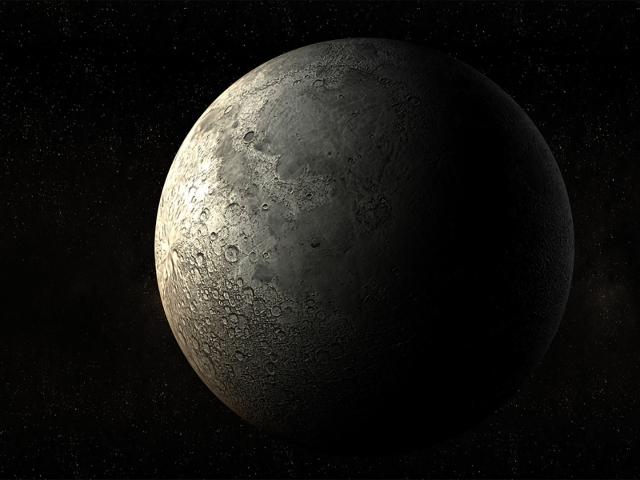The brown dwarf, which is a bit more than 100 light years far from the Sun, has been found by the scientists with the assistance of a new tool that is citizen-science based and was introduced previously this year to point out the new worlds waiting in the outer space of our solar system.
Information was lately written in the letter by Astrophysical Journal. Merely 6 days after the roll out of the “Backyard Worlds”, Planet 9’s website, in February 2017, 4 separate users made the science team aware to the mysterious object, whose existence has been since confirmed through a telescope that is infrared in nature.

“I was very proud of our helpers since I saw the information on this latest cold world hoping in,” said Senior Scientist of Natural History’s Department of Astrophysics in the American Museum, Jackie Faherty, who is also one of the Backyard World’s scientists. “It was a moment for science that felt good.”
The Backyard World’s project permits anyone with a PC and an Internet connection flip via images taken by Wide Field Infrared Survey Explorer spacecraft of NASA.
If an object is near enough to Earth, it will seem to “jump” when various images of the same location a few years back in the sky are compared.
The goal for Backyard World’s helpers, of which there are over 37,000, is to point out the shifting objects they see in these computerized flipbooks for additional investigation by the science squad. Up to now, volunteers have divided over 4 Million flipbooks.
Some time before when the Backyard World’s site was launched on February 15, a science teacher in Tasmania, Bob Fletcher, verified an extremely faded object shifting across the Wide Field Infrared Survey Explorer images.
It was soon also pointed out by 3 other experts from Serbia, Russia, and the United States. After some primary examination by the research squad, which at first referred the object as “Bob’s dwarf,” Faherty was rewarded time on Infrared Telescope Facility of NASA in Hawaii, where she established that it was a formerly unidentified brown dwarf just a small amount of hundred degrees hotter than Jupiter.